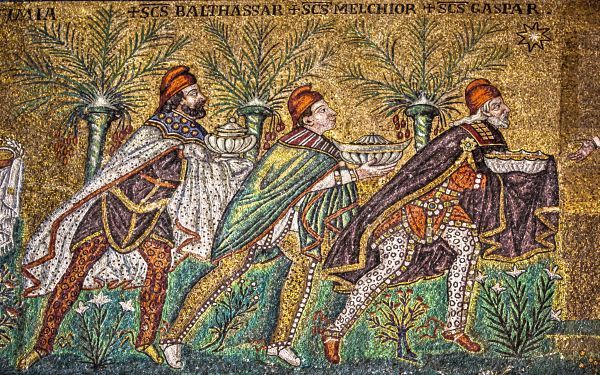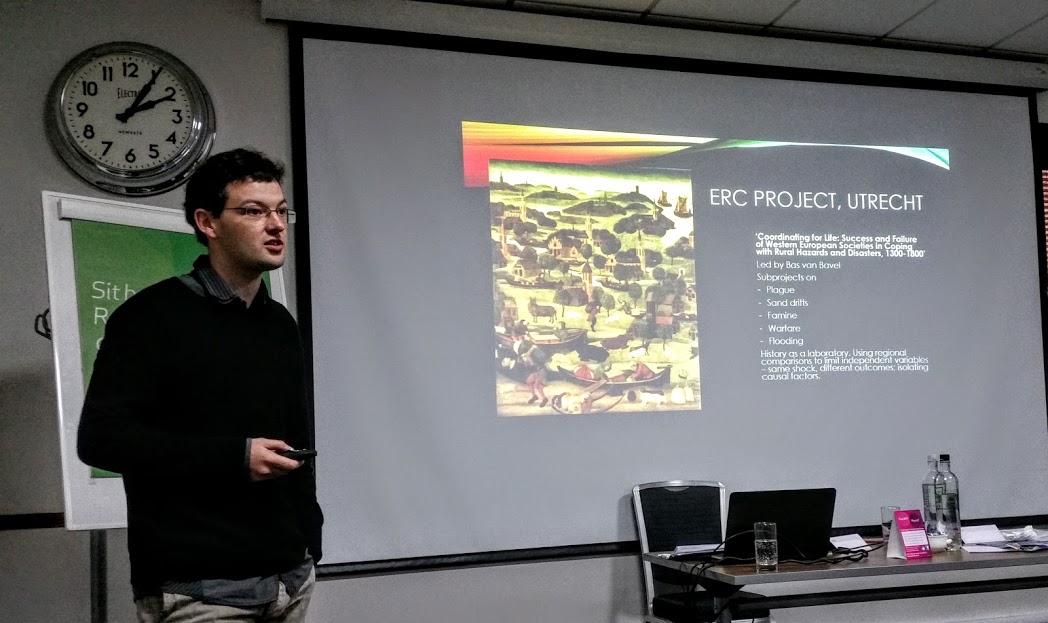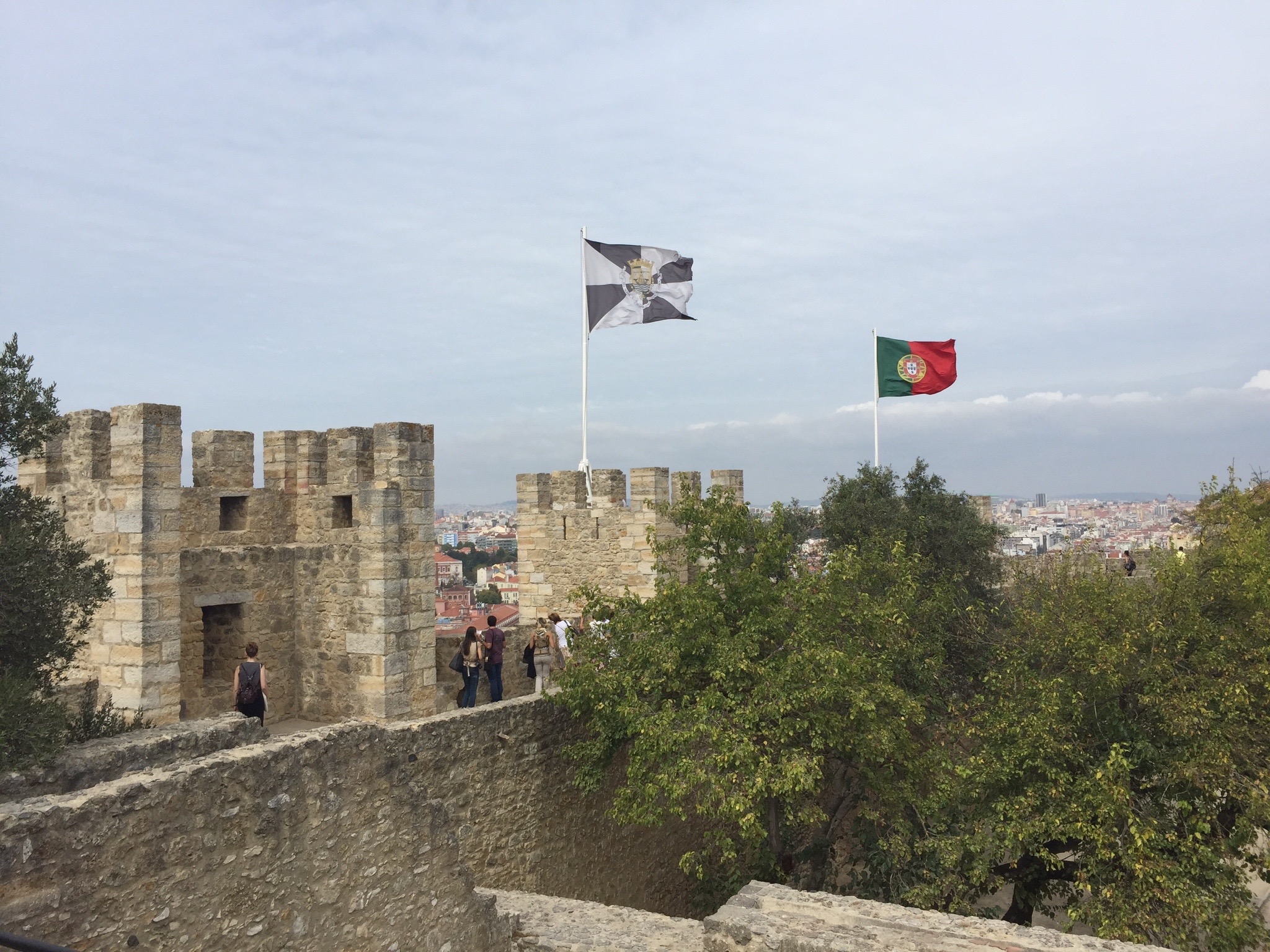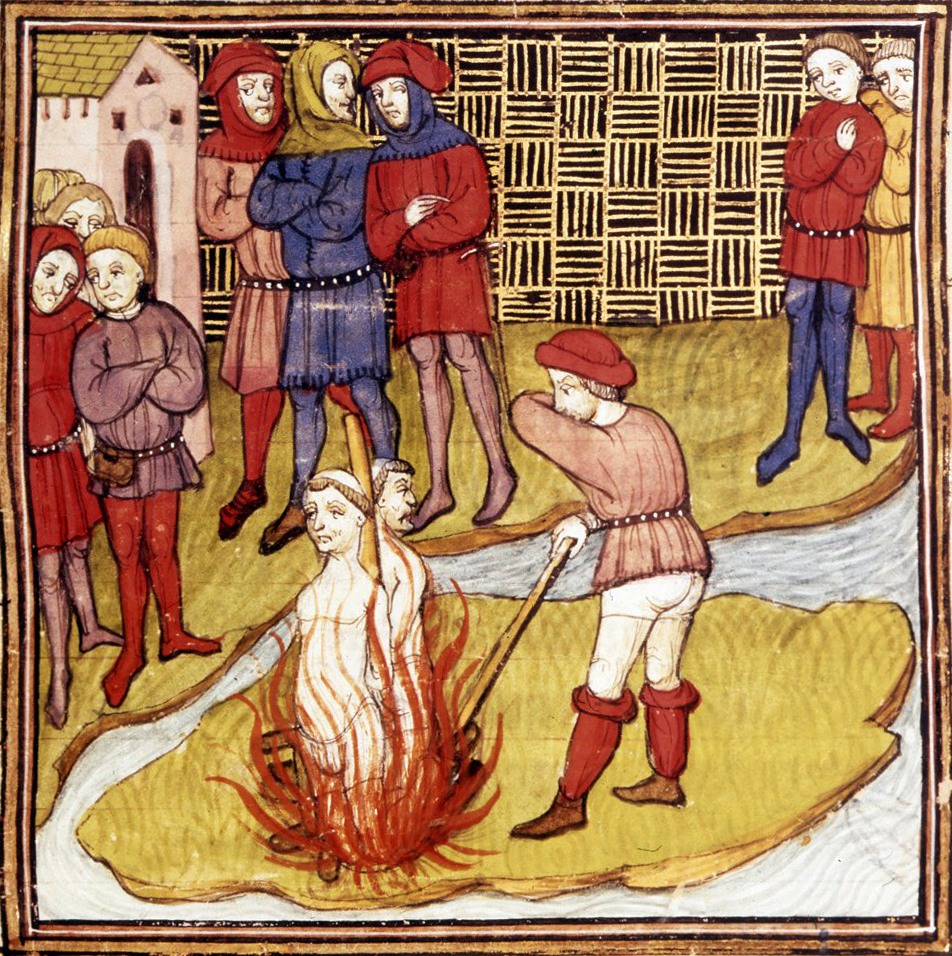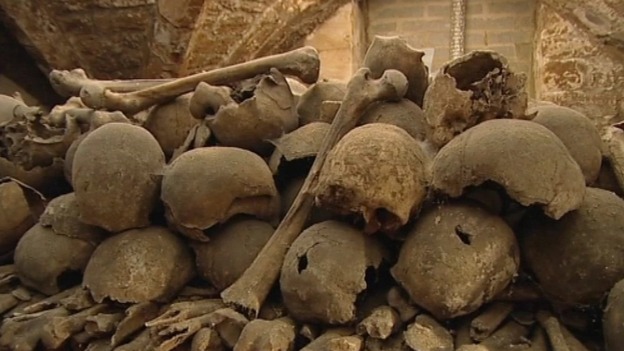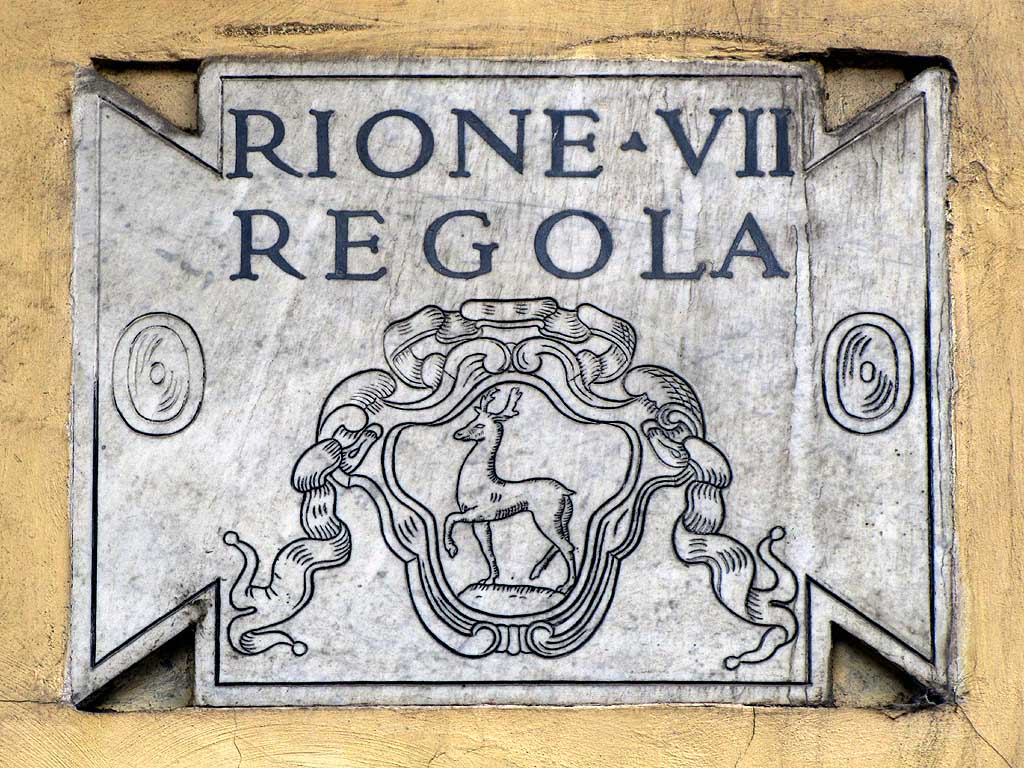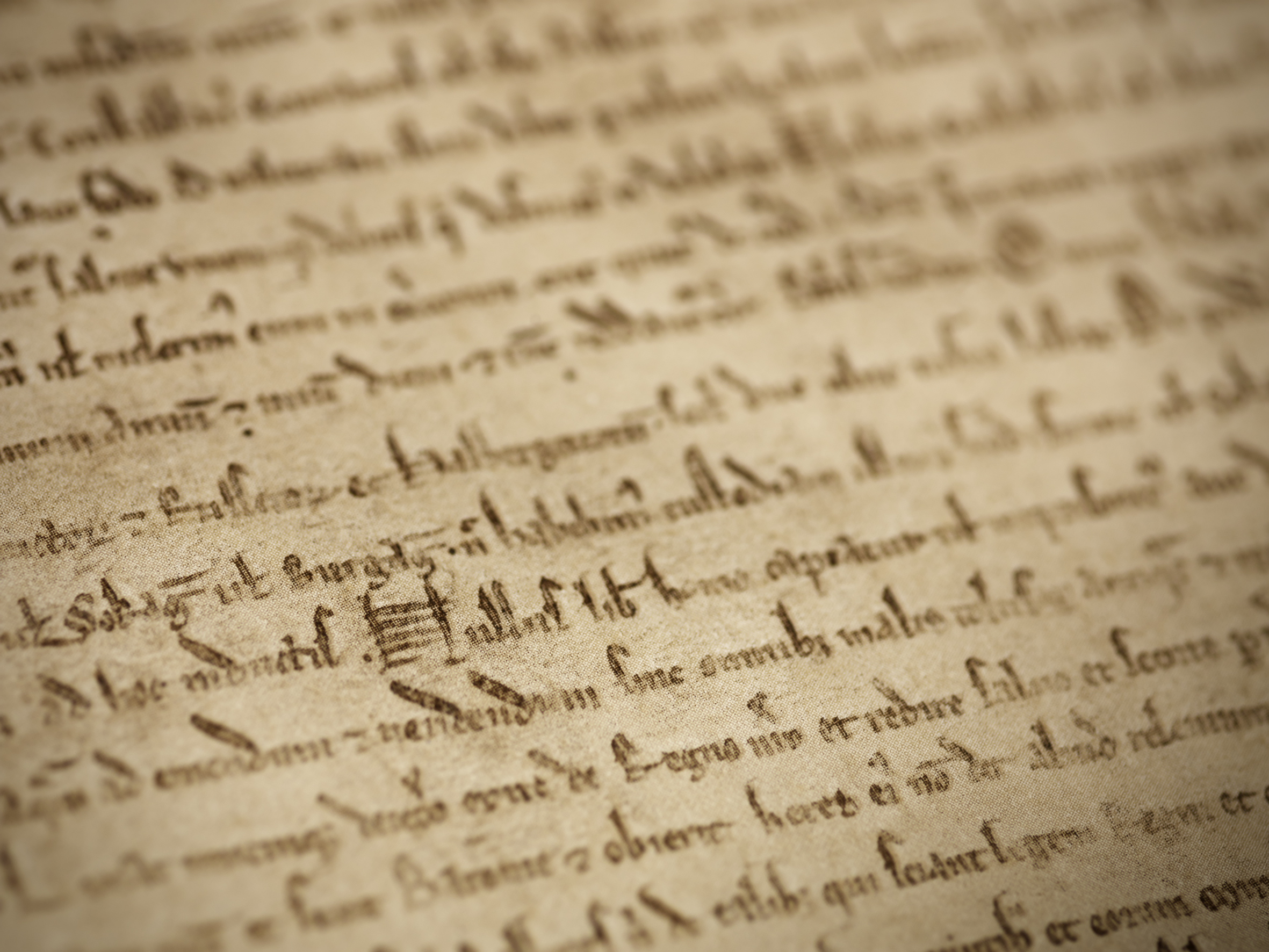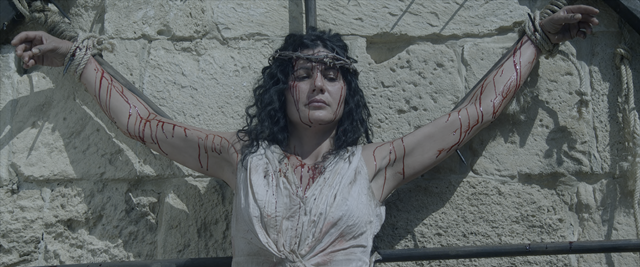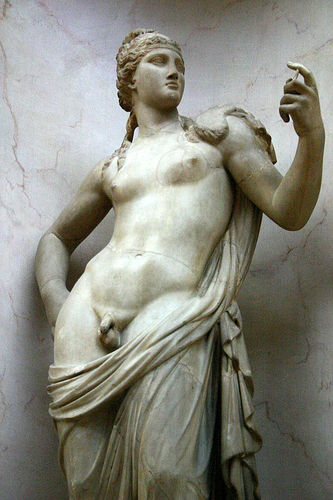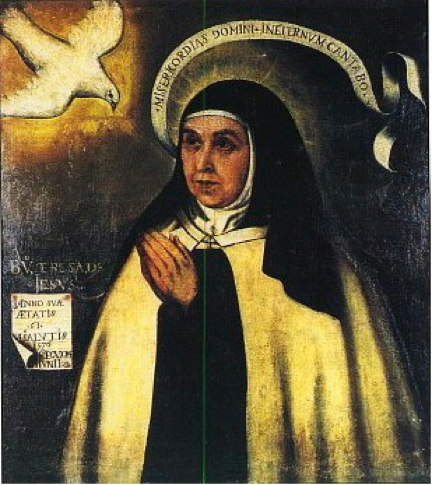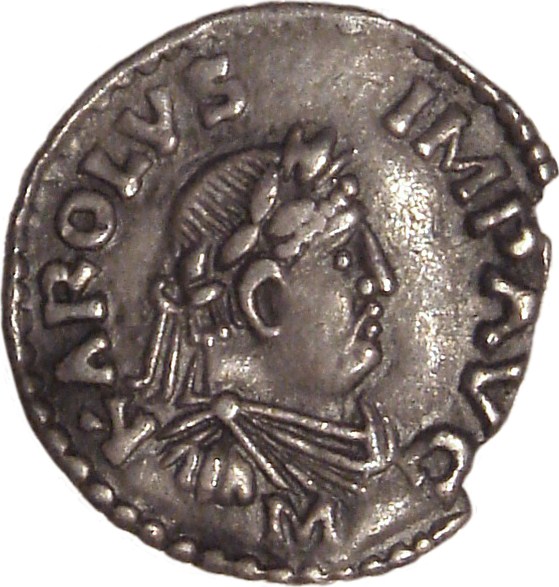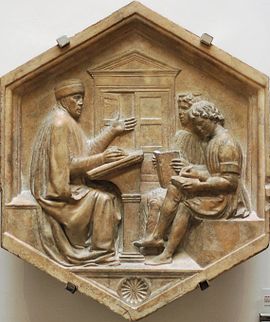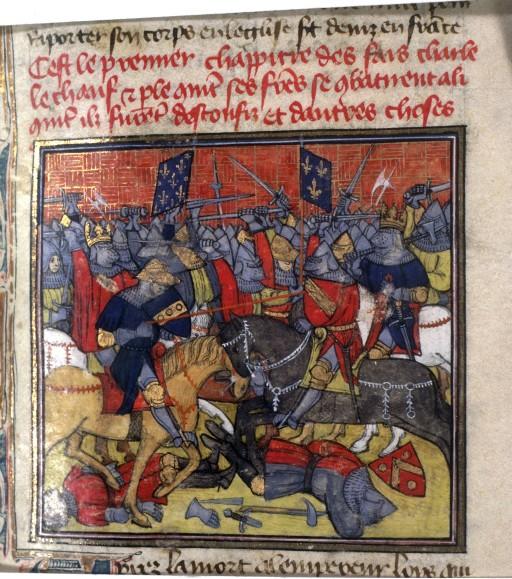Epiphany: Three Kings Day
A look at the history behind Epiphany and Twelfth Night.
BOOK REVIEW: The Lady Agnes Mystery – Volume I
A review of the Lady Agnes Mystery by Parisienne author, Andrea Japp.
Early Medieval Celtic Art in Britain and Ireland: A Curator’s Perspective
Martin Golberg, Senior Curator at the National Museums of Scotland, travelled to the British Museum to give audiences perspective on the various pieces in the exhibit as well as an introduction to what constitutes “Celtic” art.
The Struggle is Real: Where are the Medieval Economists?!
Another fascinating paper from “Making the Medieval Relevant” was given by Daniel Curtis, a specialist in Social and Economic History, and a professor at the University of Utrecht.
Science and Religion in the Middle Ages
Why did science and natural philosophy suffer such disparate fates in the two great civilizations of Christendom and Islam?
Medieval Lisbon: Jerónimos Monastery
Of the four medieval #placestosee in Lisbon, Jerónimos Monastery, Mosteiro dos Jerónimos, was my favourite. The monastery is located in Belém, a suburb of Lisbon, that is famous for the 16th century monastery, as well as for its world famous pastry shop, Pastéis de Belém…
Medieval Lisbon: Castelo de São Jorge
Above Lisbon’s skyline of colourful tiled houses and red roofs lies Castelo de São Jorge, a dominating, but beautiful, 11th century fortress in the heart of this vibrant city…
Embracing Death, Celebrating Life: Reflections on the Concept of Martyrdom in the Order of the Knights Templar
Although research on the concept of martyrdom during the era of the Crusades has gained considerable prominence, it has rarely been applied to the Knights Templar. This is surprising, as the Templars were the first military order and paved the way for a new monastic development; they were devoted to warfare only; and they, together with the other military orders, but unlike most Crusaders, established a permanent presence in the hostile environment of the Holy Land, consequently facing the threat of death both regularly and frequently.
How Christianity came to Europe
During the Middle Ages nearly all the lands of Europe converted to Christianity. In this short guide, we take a look at how various lands adopted Christianity, including by means of missionary efforts, politics and warfare.
The Afterlife of the Dead: Reform in Attitude Towards Medieval Burials, Corpses and Bones
The International Medieval Congress is taking place at the University of Leeds, I’m on hand this week to report on the conference. This blog post reports on my first session.
Foundation Myths in Medieval and Renaissance Italy
The 3 papers featured here looked at the development of the civic identities of Florence, Genoa and Rome through art, architecture and foundation legends.
Bishops and Their Towns
Another #KZOO2015 post – this one examines Bishops and Their Towns.
KZOO 2015: Session #42 – Magna Carta in Context
This coming week I’ll be featuring summaries on some of my favourites sessions and papers from #KZOO2015. I kicked off my first session on Thursday with the Magna Carta.
David Nirenberg on ‘Religion and Violence’
Do the respective claims of the Jewish, Christian, and Islamic holy texts contribute to the violence between the various communities that read them? Or do they provide a basis for solidarity between the three Abrahamic religions?
Katherine of Alexandria: Decline of an Empire
According to hagiographers, (C)Katherine was a princess, the daughter of Roman governor named Constus. She was well educated, beautiful and highly intelligent. She converted to Christianity at the age of 13 or 14 and caught the eye of the Roman Emperor, Maxentius (278-318 AD).
BOOKS: Medieval Ireland
In celebration of St. Patrick’s Day, here are some great books on medieval Ireland!
Environmental Crusading: The Teutonic Knight’s Impact After the Baltic Crusades
Environmental archaeologist and Professor of Archeology at Reading, Dr. Aleks Pluskowski, examined Malbork and several other sites across Eastern and Northern Europe in his recent paper, The Ecology of Crusading: The Environmental Impact of Holy War, Colonisation, and Religious Conversion in the Medieval Baltic. Pluskowski is keenly interested in the impact the Teutonic Knights and Christian colonisation had on the region. His ambitious 4 year project on the ecological changes in this area recently came to a close at the end of 2014.
The Anglo-Saxon War-Culture and The Lord of the Rings: Legacy and Reappraisal
The literature of war in English claims its origin from the Homeric epics, and the medieval accounts of chivalry and the crusades.
Intersex in the Middle Ages
A brief look at how the medieval world viewed the Intersex individual.
‘Forget Your People and Your Father’s House’: Teresa de Cartagena and the Converso Identity
Religion is a very important factor to take into consideration in discussions about the identity of the conversos [converts] or New Christians, an emerging group in 15th-century Castile.
Charlemagne’s Denarius, Constantine’s Edicule, and the Vera Crux
In 806 a much-discussed silver denarius bearing the likeness of Charlemagne was issued. This is called the “temple-type” coin due to the (as yet unidentified) architectural structure illustrated on the reverse side, and which is explicitly labeled as representing the epitome of “Christian Religion.”
Latin Grammar in the Cathedral School: Fulbert of Chartres, Bonipert of Pécs, and the Way of a Lost Priscian Manuscript
The starting point of the classical tradition in medieval Hungary is marked by a letter written by Bishop Fulbert of Chartres in Northern France to Bishop Bonipert of Pécs in Southern Hungary.
The Sincere Body: The Performance of Weeping and Emotion in Late Medieval Italian Sermons
In 1493 the well-known and controversial Franciscan preacher Bernardino of Feltre gave a series of Lenten sermons to the people of Pavia. On March 11 he dedicated an entire sermon to the necessity of contrition—or perfect sorrow over sin—in the rite of confession.
‘Hag of the Castle:’ Women, Family, and Community in Later Medieval Ireland
In a letter written as part of his work for the Irish Department of the Ordnance Survey in 1840, Thomas O’Conor recorded his reaction to a “Sheela- na-gig” sculpture—the image of a naked woman shown exposing her genitalia (fig. 1)—that he saw on the old church at Kiltinane, Co. Tipperary.
CONFERENCES: The Stellinga, the Saxon Elite, and Carolingian Politics
This is my summary of a paper presented at the Institute of Historical Research on the causes of the Stellinga uprising in the Carolingian period.
